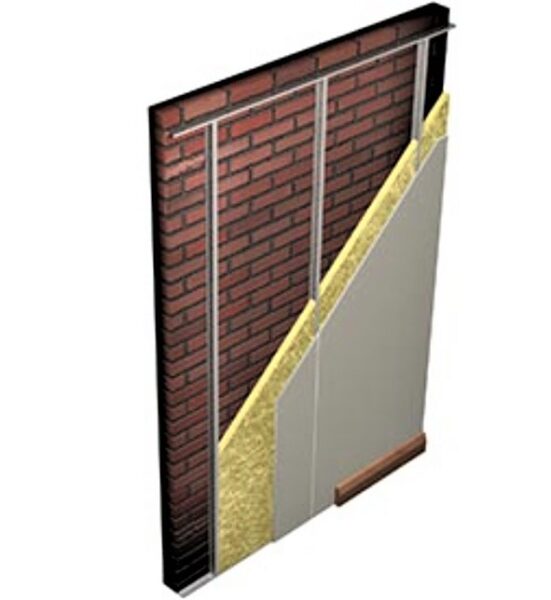Sound Proofing Masonry Party Walls
There are many soundproofing solutions for masonry walls; however, it depends on what type masonry has been used for the existing/new wall construction. To try and help you on your soundproofing journey, I have listed four acoustic solutions for masonry walls; however, each solution should be carefully checked with the material manufactures prior to onsite installation.

Here are three ways to soundproof a masonry party wall:
-
-
-
-
-
-
- For High mass Masonry – Check that all masonry and mortar pointing is complete, then apply a timber baton to the wall, then add resilient bars and a layer of 15mm sound insulation board. This only needs to be done to one side of the wall, where high mass masonry has been used.
- For Low mass Masonry – Check that all masonry and mortar pointing is complete, then apply a layer baton to the wall, then add resilient bars and RW45 acoustic insulation. finish with 15mm Sound Board. This needs to be done to both sides of the wall, where low mass masonry has been used.
- For Low mass Masonry (higher spec) – Check that all masonry and mortar pointing is complete, then apply a Gyproc G.L 1 wall lining solution to the wall, then add RW45 acoustic insulation to the inside of the metal frame. Then finish with two layers of Sound Board.
- Where high levels of sound insulation are required – Check that all masonry and mortar pointing is complete, then creating a new partition wall using 70mm met-sec with a cavity void to the party wall, fill the metal frame with acoustic insulation (min mass 60kg/m3) and finish with 2 layers of Acoustic Plasterboard. Unfortunately, this reduces the width of the room by up to 125mm.
-
-
-
-
-
Getting the acoustic design right from the word go, is key, and APT Sound Testing can help in all areas of sound insulation design and testing. Get in touch on info@aptsoundtesting.co.uk to request a quote or call us on 01525 303905 to discuss your development.
Please Note: although we take every care to ensure the information was correct at the time of publication. Any written guidance provided does not replace the user’s professional judgement. It is the responsibility of the duty-holder or person carrying out the work to ensure compliance with relevant building regulations or applicable technical standards.
